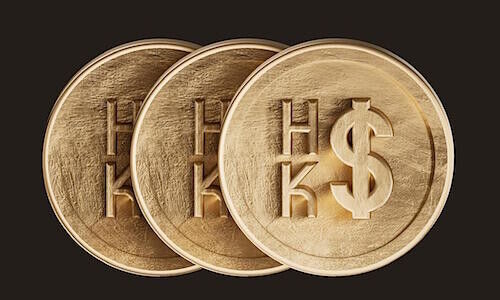Hong Kong’s New Stablecoin Regime: Hope or Hype?
Hong Kong continues to press ahead with its ambitions to become a digital asset hub with the latest commencement of its new stablecoin regime. Will this be worthy of hope for the advancement of the financial sector or mere hype?
Last week, Hong Kong’s new stablecoin regime went live on August 1, providing regulatory clarity on licensing requirements for issuers such as reserve assets. This coincides with the establishment of the GENIUS Act in the US, which also provides the regulatory framework for stablecoins.
There is much optimism in Hong Kong with at least 10 locally listed companies raising more than $1.5 billion from share placements in July to invest in related areas across stablecoins, digital assets and blockchain-based payments. In one case, the share price of a firm called Goldstream Investment spiked fivefold merely by announcing the exploration of renminbi stablecoin issuance.
What is the outlook for currency-linked tokens?
Estimated Market Size
According to a Citi research report, Hong Kong’s stablecoin market size is estimated to be approximately $16 billion, plus or minus $8 billion, depending on the situation.
The upside scenario is driven by the expansion of the monetary supply, increased external demand for Hong Kong stablecoins and a surge in on-chain activities.
Potential Use Cases
While it remains to be seen what use cases could be adopted in Hong Kong, there are precedents to reference. According to a McKinsey report, examples include peer-to-peer instant transfers, cross-border payments, treasury and cash management tools, interbank settlement and real estate loans. Benefits compared to traditional currency usage range from speed and cost to transparency and round-the-clock availability.
For the Hong Kong dollar, a related stablecoin could be used to grow its base of international users as the currency’s key role in cross-border transactions is for global investors to trade locally listed stocks.
Regulators Tame Expectations
Despite market optimism, regulators have warned against «excessive exuberance». While reports suggest that over 50 firms have announced plans to issue approved stablecoins, Hong Kong Monetary Authority (HKMA) chief Eddie Yue said in a blog post that «a large number of applicants will be disappointed» as a handful of licenses will be granted, at most, in the initial stage.
Yue also noted that in engaging with interested parties, many proposals for use cases lack viable and concrete plans, implementation roadmaps, awareness of risks, technical expertise and other issues.
«A common takeaway from these engagements is that many proposals remain conceptual, presenting visions such as enhancing cross-border payment, supporting the development of Web3.0 or optimizing the efficiency of [the] foreign exchange market but lacking practical use cases,» he said.
Licenses to Debut in 2026
During a media briefing last week, HKMA said that the first batch of stablecoin issuer licenses is expected to be granted early next year. According to the banking regulator’s deputy chief Darryl Chan, most institutions are exploring stablecoins pegged to the Hong Kong dollar and US dollar.
Hong Kong continues to advance its ambitions to become a digital asset hub, having already made progress in cryptocurrencies and tokenized securities. According to data from the regulator, the city saw total transactions of digital asset-related products soar 233 percent year-on-year in the first half of 2025 to HK$26.1 billion ($3.3 billion).



























